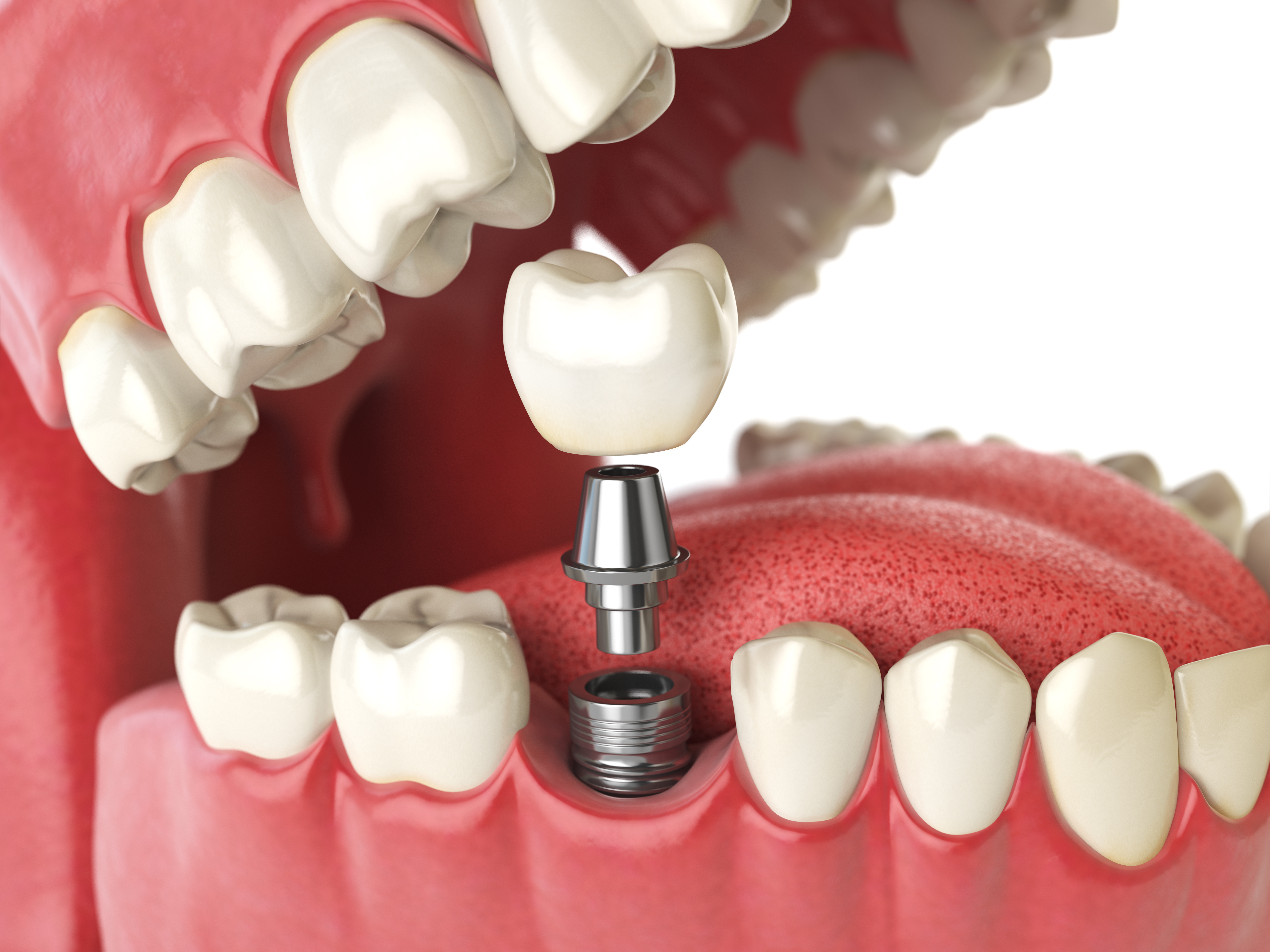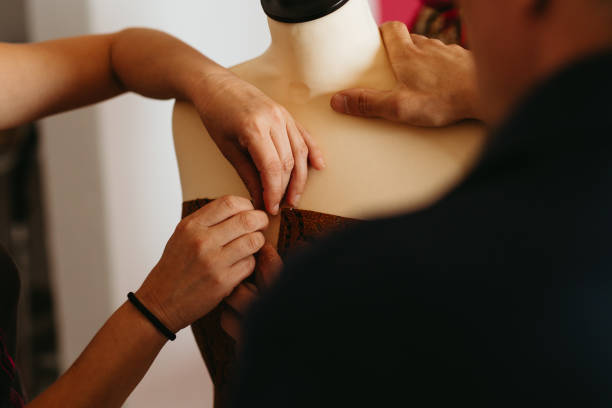Screwless Dental Implants – The Future of Natural-Looking Smiles
Screwless dental implants look and feel just like real teeth, offering a sleek, comfortable solution for modern smile restoration. With no visible screws or complex parts, they provide improved aesthetics and a more natural fit. Discover why this innovative approach is redefining dental care and gaining popularity fast!

What Are Screwless Dental Implants?
Screwless dental implants are an innovative tooth replacement system that eliminates the need for visible screws that traditionally secure the crown to the implant. Unlike conventional dental implants where a screw is used to attach the crown through a visible access hole, screwless systems use alternative attachment mechanisms that create a more seamless appearance. These implants typically consist of three main components: the implant post (embedded in the jawbone), an abutment (connecting piece), and the prosthetic crown. The defining characteristic is how these components connect—using friction-fit, locking mechanisms, or cement rather than exposed screws.
The development of screwless implants addresses one of the main aesthetic concerns with traditional implants: the visible screw access hole that often remains visible even after being filled with composite material. By eliminating this feature, screwless implants provide restorations that more closely resemble natural teeth, particularly in the visible front areas of the mouth where aesthetics are paramount.
How Screwless Implants Work
Screwless dental implants function through innovative connection systems that secure the crown to the implant base without visible hardware. The most common designs include friction-fit or snap-on mechanisms where the crown is precisely manufactured to lock securely onto the abutment through mechanical retention. Some systems utilize internal locking mechanisms that engage when the crown is pressed into place, creating a secure connection that resists movement without external screws.
The installation process typically begins with the surgical placement of the titanium implant post into the jawbone, similar to traditional implants. After the osseointegration period (when bone fuses with the implant), instead of using a screw-retained crown, the dentist will place a specially designed abutment that accommodates the screwless attachment method. The final crown is then secured using the particular locking mechanism of that system, resulting in a restoration without visible access holes.
This technology requires precise manufacturing and careful implementation, as the connection must be strong enough to withstand the significant forces involved in chewing while maintaining an invisible attachment point. Advances in computer-aided design and manufacturing have made these precise connections increasingly reliable.
Benefits of Screwless Dental Implants
Screwless dental implants offer several advantages over their traditional counterparts, with aesthetics being the most immediately apparent. Without visible screw access holes, these implants create a more natural appearance, particularly important for front teeth where even small imperfections can detract from a person’s smile. The absence of composite filling material covering screw holes also means there’s no risk of discoloration over time that can happen with traditional implants.
From a functional perspective, screwless designs can provide more uniform distribution of biting forces, potentially reducing the risk of porcelain chipping or fracture that sometimes occurs around screw access channels. The solid structure of the crown without interruptions for screw access may also contribute to greater overall strength and durability of the restoration.
Maintenance can be simpler with screwless systems as well. Traditional screw-retained implants sometimes require periodic retightening of the screws, which means removing the filling material and accessing the screw. Screwless designs eliminate this maintenance requirement, potentially reducing long-term care interventions and associated costs.
Additionally, screwless implants can offer better protection against bacteria infiltration. Traditional screw holes can sometimes create microscopic gaps where bacteria might accumulate, whereas fully sealed screwless designs minimize these potential entry points.
Screwless vs. Traditional Implants: A Comparison
When comparing screwless and traditional dental implant systems, several key differences emerge that may influence a patient’s choice:
Traditional screw-retained implants have long been the standard in implant dentistry, offering the advantage of retrievability—the crown can be unscrewed if repairs or adjustments are needed. However, they feature visible access holes that must be filled with composite material, creating potential aesthetic compromises, especially in visible areas of the mouth.
In contrast, screwless implants prioritize aesthetics with their seamless design. While some earlier screwless systems relied solely on cement for retention (which made removal challenging), modern screwless designs often incorporate innovative locking mechanisms that allow for retrievability similar to screw-retained options, but without the visible access point.
Regarding longevity and stability, both systems generally perform well when properly placed. Traditional screw-retained implants have a longer clinical track record, but contemporary screwless designs are showing comparable success rates in studies. The structural integrity of screwless implants may actually be superior in some cases, as the crown doesn’t contain the potential weak point created by a screw access hole.
From a procedural perspective, screwless implants often require more precise manufacturing tolerances and may involve additional technical steps during fabrication. However, the actual placement procedure for the patient is typically similar in complexity and recovery time.
Understanding the Investment in Dental Implants
Dental implant technology represents a significant investment in oral health and quality of life, with screwless options typically commanding a premium price due to their advanced technology and aesthetic benefits.
The cost of screwless dental implants varies based on several factors including geographic location, the specific system used, the complexity of the case, and the experience level of the practitioner. Generally, patients can expect to pay between $3,500 and $6,500 per implant for screwless systems, which is approximately 15-30% more than traditional screw-retained options.
| Implant Type | Average Cost Range | Key Benefits | Typical Longevity |
|---|---|---|---|
| Screwless Dental Implants | $3,500-$6,500 | Superior aesthetics, no visible access holes | 15+ years with proper care |
| Traditional Screw-Retained | $3,000-$5,000 | Easier retrievability, longer track record | 15+ years with proper care |
| Cement-Retained Implants | $3,200-$5,500 | Good aesthetics, widely available | 10-15+ years with proper care |
Prices, rates, or cost estimates mentioned in this article are based on the latest available information but may change over time. Independent research is advised before making financial decisions.
Insurance coverage for dental implants varies significantly between providers, with many plans offering partial coverage or none at all. While traditional implants may have slightly better insurance coverage due to their established history, the difference in covered costs between screwless and traditional systems is typically minimal. Patients should verify with their insurance providers and discuss payment plans with their dental practice, as many offices offer financing options to make these investments more manageable.
The long-term value proposition of screwless implants often justifies their higher initial cost for many patients, particularly those concerned with aesthetic outcomes or those replacing teeth in highly visible areas. When considering the potential decades of function and the psychological benefits of a natural-looking smile, many find the additional investment worthwhile.
Dental implant technology continues to advance, with screwless systems representing an important development in creating natural-looking, functional tooth replacements. By understanding the differences between traditional and screwless options, patients can make informed decisions about which approach best meets their needs for long-term oral health, aesthetics, and quality of life.
This article is for informational purposes only and should not be considered medical advice. Please consult a qualified healthcare professional for personalized guidance and treatment.




